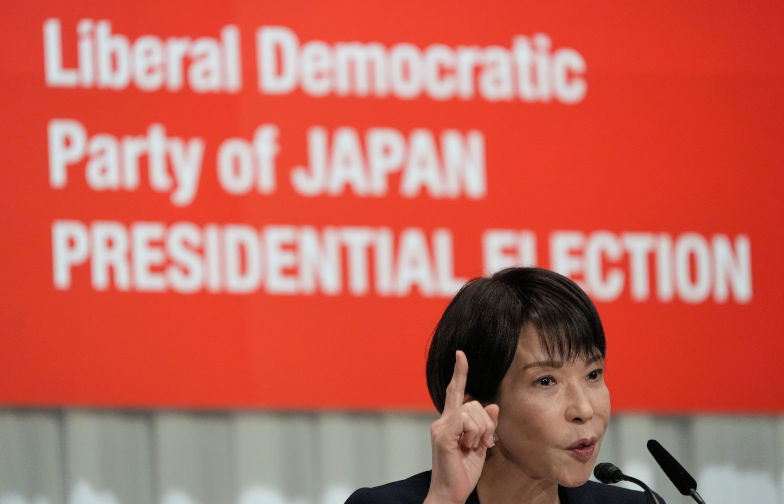Japan's likely new leader is a surprise, and not just because she is a woman
October 9, 2025
In the recent election held by Japan’s Liberal Democratic Party to find a new leader following the assassination of former prime minister, Shinzo Abe, an unlikely name to emerge was that of Sanae Takaichi.
Unlikely, first because she was a woman. In Japan’s male-dominated society, it is rare for a woman to seek high political office. But also, at age 64, it seemed unlikely she could compete with “golden boy” Shinjiro Koizumi, 44, son of former prime minister, Junichiro Koizumi.
That, at least, is what almost all the pundits, both Japanese and others, were saying with some confidence before the election.
But they were wrong. In the post-mortems it was admitted that maybe Shinjiro was not quite as bright and dazzling as made out to be. As former agriculture minister, he seemed to have bungled when ordering rice supplies. His election promises were fairly conventional.
Takaichi had the advantage of being a hard-right politician able to claim much of the Shinzo Abe legacy. That legacy is still respected by the LDP, despite Abe’s political history including corrupt ties with the money-gouging South Korean Unification Church (the indirect reason for his assassination) and the slush fund revelations which had badly soiled his party’s reputation and weakened its former hold on power.
But it was at her first press conference as new LDP leader that we discovered Takaichi was no shrinking violet, particularly in the skill and confidence with which she could handle a range of economic questions. Her solutions usually revolved around little more than granting small subsidies or other small changes, but it was clear she was on top of the subject.
With foreign affairs it was back to the Shinzo Abe hard line – Japan has to prepare to counter the many threats she faces. First and foremost comes relations with the US, with President Trump due to visit Japan at month’s end. The Indo-Pacific would be a core focus, with relations with Australia and the Philippines mentioned by name as a priority.
Every effort was needed to protect Taiwan from the China threat. The first priority was changing Japan’s pacifist constitution to allow the creation of a proper military.
Responding to the delicate question of visiting the notorious Yasukuni Shrine with its memorials to past war criminals if made prime minister, she waffled. But, in years past, she has visited often. She has made no secret she believes Japan was justified in launching the Pacific War in the face of threats to the supply of vital materials.
Japan’s need to gain self-sufficiency in supply of food and other materials also happens to be a constant theme in her speeches.
The views expressed in this article may or may not reflect those of Pearls and Irritations.

